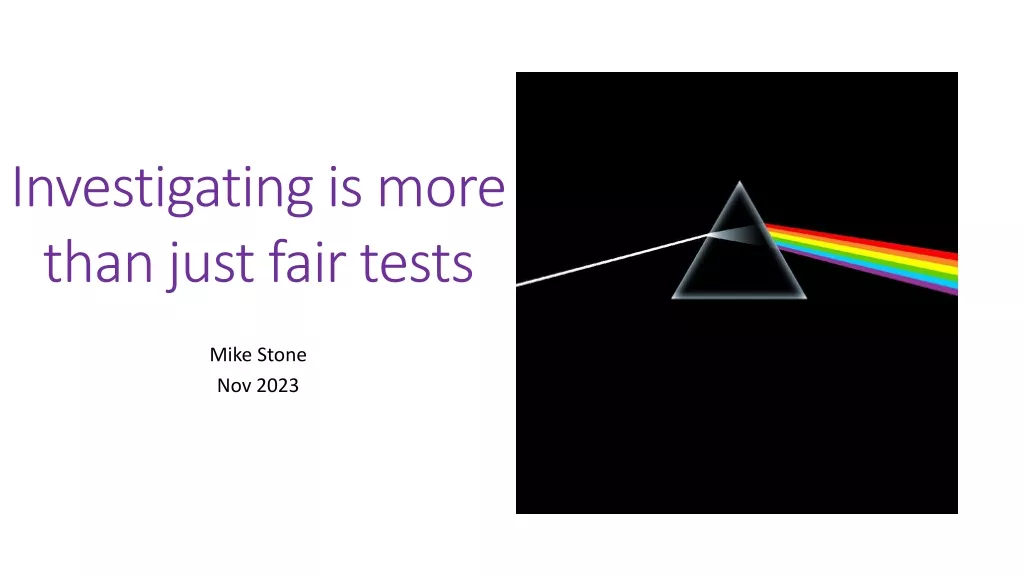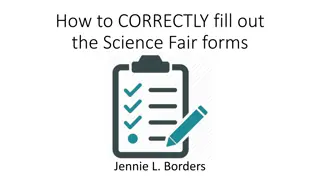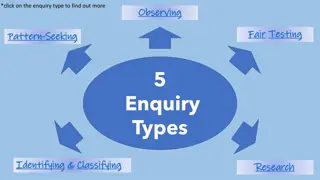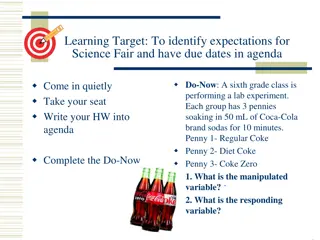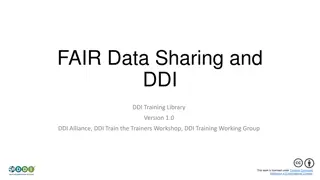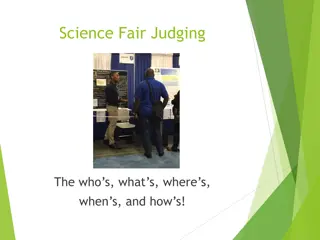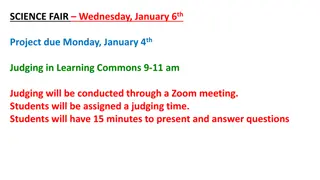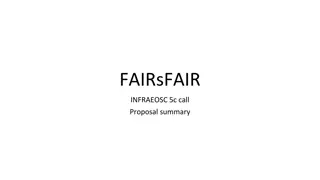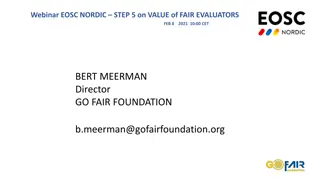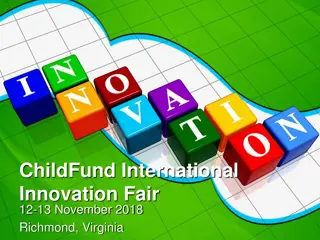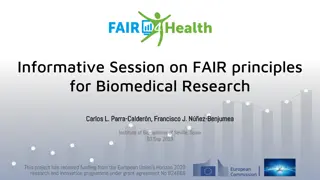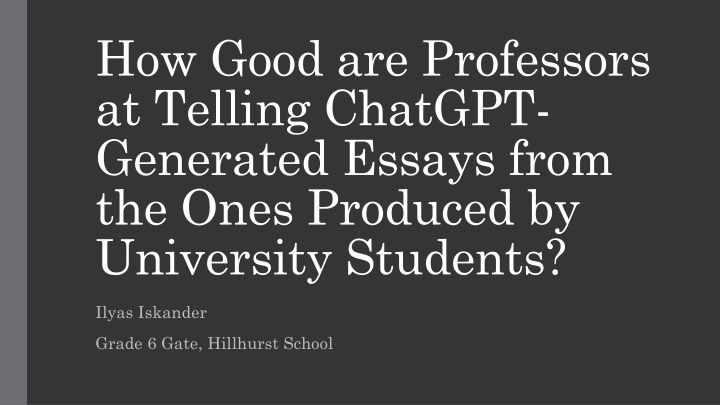
Professors' Ability to Differentiate ChatGPT-Generated Essays in Higher Education
Explore a study investigating if university professors can distinguish between essays generated by ChatGPT and those written by students. The research aims to address plagiarism concerns and evaluate the fairness of grading student work. Methods include data collection from professors at UofC and statistical analysis to test hypotheses. Discover the potential of AI applications in academic settings.
Download Presentation

Please find below an Image/Link to download the presentation.
The content on the website is provided AS IS for your information and personal use only. It may not be sold, licensed, or shared on other websites without obtaining consent from the author. If you encounter any issues during the download, it is possible that the publisher has removed the file from their server.
You are allowed to download the files provided on this website for personal or commercial use, subject to the condition that they are used lawfully. All files are the property of their respective owners.
The content on the website is provided AS IS for your information and personal use only. It may not be sold, licensed, or shared on other websites without obtaining consent from the author.
E N D
Presentation Transcript
How Good are Professors at Telling ChatGPT- Generated Essays from the Ones Produced by University Students? Ilyas Iskander Grade 6 Gate, Hillhurst School
Research Problem ChatGPT has a huge potential to be applied in higher education (Heaven, 2023). One challenge with its use is a possibility of plagiarism (Francke & Bennett, 2019). To address the issue of plagiarism and fairness in evaluating students' work, it is important for university professors to be able to differentiate ChatGPT generated essays from student written ones accurately However, there is limited research, which explores whether professors are able to do this successfully.
Purpose of the study to explore the ability of professors to distinguish ChatGPT generated essays from the ones written by university students. In this study I will investigate whether the level of English in which the letter is written by a student affects the results. Research question How good are professors at distinguishing ChatGPT written essays from the ones written by university students with different levels of English writing ability
Research methods: data collection approach Created a Chat GPT and two university student-written essays. Asked several professors to read the 3 essays and complete an online survey Research methods: sample My participants were university professors from the UofC (Faculty of Arts and the Faculty of Sciences). I found their email addresses on the website of the university and invited them to participate in the study by email. I sent 475 emails to professors and received 46 responses (on February 16th, 2024). This comprises approximately 9.7 % response rate.
Research methods: data analysis Data was entered and analyzed in Excel I used descriptive statistics (counts and proportions) to characterize the sample. I used inferential statistics (Binomial tests) to test the following hypotheses: Hypothesis 1: The proportions of correctly vs. incorrectly identified ChatGPT essay is 50% vs. 50%. Hypothesis 2: The proportions of correctly vs. incorrectly identified essays written by a student with the lower level of English is 50% vs. 50%. Hypothesis 3: The proportions of correctly vs. incorrectly identified essays written by a student with the stronger level of English is 50% vs. 50%.
Definition of artificial intelligence and ChatGPT Artificial intelligence (AI) - software systems designed by humans(2) that, given a complex goal, act in the physical or digital dimension by perceiving their environment through data acquisition, interpreting the collected structured or unstructured data, reasoning on the knowledge, or processing the information, derived from this data and deciding the best action(s) to take to achieve the given goal." (HLEG, 2019) Chat GPT - an AI chatbot created by OpenAI, which is available from openai.com. Similarly to other AI models it has several promises for education. Heaven (2023) indicated the following benefits: 1) Chat GPT could be used for personalized tutoring; 2) it can be also used for student assessment; 3) it can assist in creating educational content; 4) it can facilitate group discussions; 5) it can help students with special needs; 6) at universities it can be used as a research tool.
Review of previous research Several studies were conducted on Chat GPT use in higher education (Adb-Elaal et al., 2019; Francke & Bennett, 2019; Heaven, 2023; King & Chat GPT, 2023). Some studies explored the ability of instructors to tell apart Chat GPT generated text from human-written text: Waltzer et al. (2023) tested the ability of high school teachers and students to differentiate between essays generated by Chat GPT and high school students. De Winter et al. (2023) used statistical analysis to show that Chat GPT use can be detected by application of different keywords. Mauryn et al. (2023) explored whether academic staff in Biochemical Engineering can identify the difference between artificially generated assessments made by Chat GPT and previous student assessments (short-answer responses). However this research is still limited and more studies should be conducted. For example, no studies explored whether professors can tell Chat GPT generated essays from student generated ones.
Results: Sample Characteristics Most faculty represented Economics (15.6 %), Psychology (13.3 %) and Political Science (6.7 %). Only about 25% of respondents were from sciences. Most people were native speakers of English (80 %) Most people have used ChatGPT before (72.7 %). Most participants were experienced in advising students on research (88.8 %). The overall composition of our sample implies that the results of our analysis characterize more faculty from Social Sciences, who are native speakers of English, who have some experience using Chat GPT and advising students on research.
Results: Findings with respect to the research question Descriptive statistics Two thirds of 45 participants have correctly identified the essay generated by ChatGPT (30 individuals, 66% correct response rate). About 77.8% correctly identified the essay written by a student with a lower English writing ability. Approximately 61.4% of the 44 participants have correctly identified the essay written by a student with higher writing ability. In general, it seems that majority of the participants have correctly identified ChatGPT written essays and human written essays. However it seems that they also found it more difficult to tell which essay was written by ChatGPT and which was written by a student with higher English writing ability.
Results: For each essay provided please guess of it was generated by ChatGPT or written by a student
Results: Findings with respect to the research question Inferential statistics (Binomial test) For the first test, I received a p-value of 0.018 (<0.05), which allows me to reject the first hypothesis. For the second test, I received a p-value of 0.0001 (<0.05), which allows me to reject the second hypothesis For the third test, I received a p-value of 0.12 (>0.05), which does not allow me to reject the third hypothesis This means that there is a high probability that the faculty correctly identified essays written by ChatGPT and by students with lower levels of English. However, the difference in correctly and incorrectly identifying an essay written by a student with a stronger level of English is purely by chance.
Results: Findings with respect to the research question Checking the writing level of the essays To check whether the faculty assessed the English ability of students or ChatGPT in the same way as I did, I asked them to evaluate the essays in terms of their level of writing (low, average, or high). Most of the faculty said that ChatGPT-generated essays were at the average level of writing (64.4%). Most of the faculty have also found the essay written by the student with lower English ability to meet the average level of writing (57.1%). Meanwhile, the majority of the faculty have found the essay written by the student with higher English ability to meet the excellent level of writing (51.1%). This implies that I correctly identified the third essay as written by the student with the higher level of writing ability.
Results: Please evaluate the level of research writing for each essay.
Conclusion My study shows that university faculty can correctly detect ChatGPT generated essays. However, it is more difficult for faculty to tell apart the essay written by a student with higher level of writing from the essay generated by ChatGPT. These findings are similar to the finding of the previous study conducted on high school teachers (Waltzer et al., 2023). Limitations This conclusion applies mostly to professors from the fields of social sciences rather than from natural sciences. It also applies more to people who are native English speakers and who have used ChatGPT before. Finally, the findings are more relevant to professors with experience in advising students on research
Recommendations My suggestion for future research is to conduct a survey on a greater variety of faculty at other universities. This will allow to make my findings more generalizable. My suggestion for practice is to train the faculty how to differentiate better student written text from ChatGPT generated text, paying special attention to detecting the difference between ChatGPT generated and well written student essays. Acknowledgement I would like to give credits to my parents, all the university professors that participated in the survey and my sister who wrote one of the essays.
References Abd-Elaal, E. S., Gamage, S. H., & Mills, J. E. (2019). Artificial intelligence is a tool for cheating academic integrity. In 30th Annual Conference for the Australasian Association for Engineering Education (AAEE 2019): Educators becoming agents of change: Innovate, integrate, motivate (pp. 397-403). Francke, E., & Bennett, A. (2019). The potential influence of artificial intelligence on plagiarism: A higher education perspective. In European Conference on the Impact of Artificial Intelligence and Robotics (ECIAIR 2019) (pp. 131-140). Heaven, W.D. (2023). Chat GPT is going change education, not destroy it. MIT Technology Review, April 6, 2023, ChatGPT is going to change education, not destroy it | MIT Technology Review HLEG: High Level Expert Group on Artificial Intelligence (2019), A definition of AI: Main capabilities and disciplines. King, M. R., & ChatGPT. (2023). A conversation on artificial intelligence, chatbots, and plagiarism in higher education. Cellular and molecular bioengineering, 16(1), 1-2. Nweke, M. C., Banner, M., & Chaib, M. (2023, November). An Investigation Into ChatGPT Generated Assessments: Can We Tell the Difference?. In The Barcelona Conference on Education 2023: Official Conference Proceedings (pp. 1-6). The International Academic Forum (IAFOR). Waltzer, T., Cox, R. L., & Heyman, G. D. (2023). Testing the Ability of Teachers and Students to Differentiate between Essays Generated by ChatGPT and High School Students. Human Behavior and Emerging Technologies, 2023.

